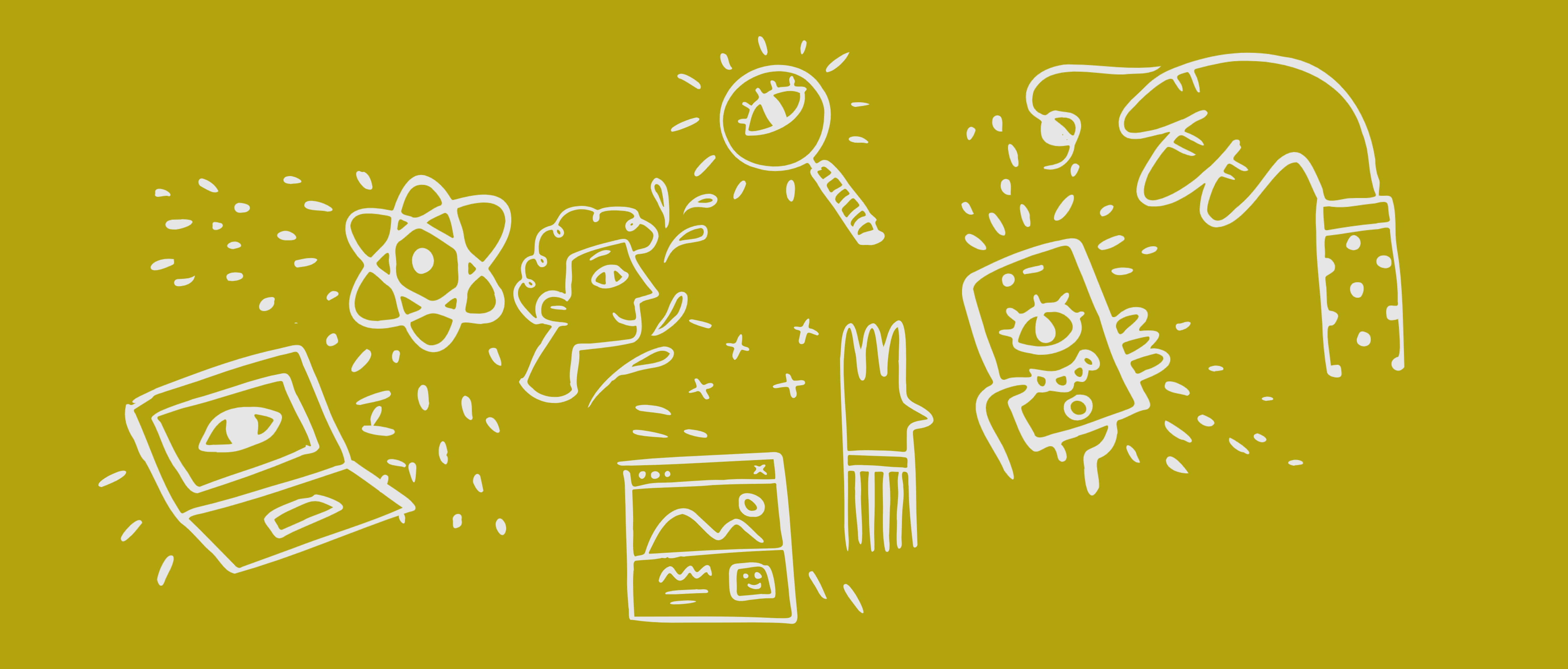You Might Also Like
Peer Review in Canvas
How to set up and use Peer Review in Canvas.
Groups in Canvas
An in-depth guide.
Trauma-Informed Teaching: A Primer
Extend care and promote wellness with our guide to trauma-informed teaching.
Generative AI for Teaching
ChatGPT, AI challenges, opportunities, and more.
Place-Based Engagement: Featuring KSMOCA
Discover innovative strategies for place-based engagement in this case study with the King School Museum of Contemporary Art.
Teaching Online at PSU
Refer to the Portland State University instructor guide for insights into teaching online.
Staying Present in Your Online Course
Easy steps for frequent connection.
Refresh Your Course for a New Term
Your checklist for what's ahead.
Supporting Students Online
Grow connection and wellbeing.
Cultivating Student Motivation
Building choice & decision-making.
Engaging Students in Large Classes
Steps to achieve active learning!
Building Community in Your Online Course
Examples & inspiration.
Digital Activities to Support Student Engagement
Activity design and examples.
Create Thriving Online Discussions
Participation and communication tips!
👋Need more help?
Connect with a teaching support specialists at Portland State University.













